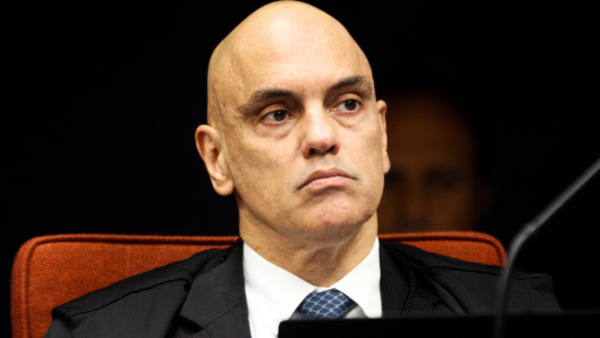Brazil’s industrial production grew 1.1 percent in March over February, interrupting a sequence of three negative results since December. Compared with the previous year, industrial production increased by 0.9 percent in March, accumulating a neutral variation of 0 percent in 12 months, per data released on Wednesday by the Brazilian Institute of Geography and Statistics (IBGE).
“Most of the manufacturing activities were also in the positive field, with the industry recording growth not seen since October last year (1.3 percent). So there is an improvement in the behavior of industrial production, especially considering this higher magnitude growth, but it is still far from recovering the losses of the recent past,” said André Macedo, an IBGE research director.
Despite providing some relief, the March result means that the manufacturing industry’s production pace is still 17.9 percent below the record level reached in May 2011 and 1.3 percent below pre-pandemic levels.
What changed
Among the four big categories surveyed, three saw an increase in industrial output in March. Capital goods (equipment and machinery used for producing other goods) advanced by 6.3 percent, and intermediate goods (products or pieces used in the production of other goods) increased by 0.9 percent over February.
Production in the machinery, and computer and electronic equipment subsectors stood out, growing by 5.1 and 6.7 percent, respectively. Manufacturing growth in the machinery sector is particularly important as it is related to the expansion or modernization of industrial parks.
Consumer goods, on the other hand, fell 1.2 percent month-on-month, impacted by the negative result of -0.5 percent for non-durable consumer goods, which overshadowed the 2.5 percent increase in durable consumer goods.
While capital goods serve as a thermometer of the industry’s confidence to invest in production, consumer goods are an indicator of consumer demand, which remains below what is needed for a complete recovery of the manufacturing industry.
Consumer confidence as calculated by the Brazilian Institute of Economics at think tank Fundação Getulio Vargas (FGV-Ibre) has shown unstable behavior in recent months. The indicator dropped 2.2 points in January and 1.3 points in February, followed by an increase of 2.7 points in March.
“The movements are quite heterogeneous and perhaps contradictory between income groups, which still makes it difficult to signal a clearer trend for the coming months,” says Viviane Bittencourt, the research coordinator for FGV-Ibre’s consumer confidence index, adding that without significant changes in the economic scenario — notably high interest rates and a slowdown in the labor market — this oscillation will continue.


 Search
Search






































